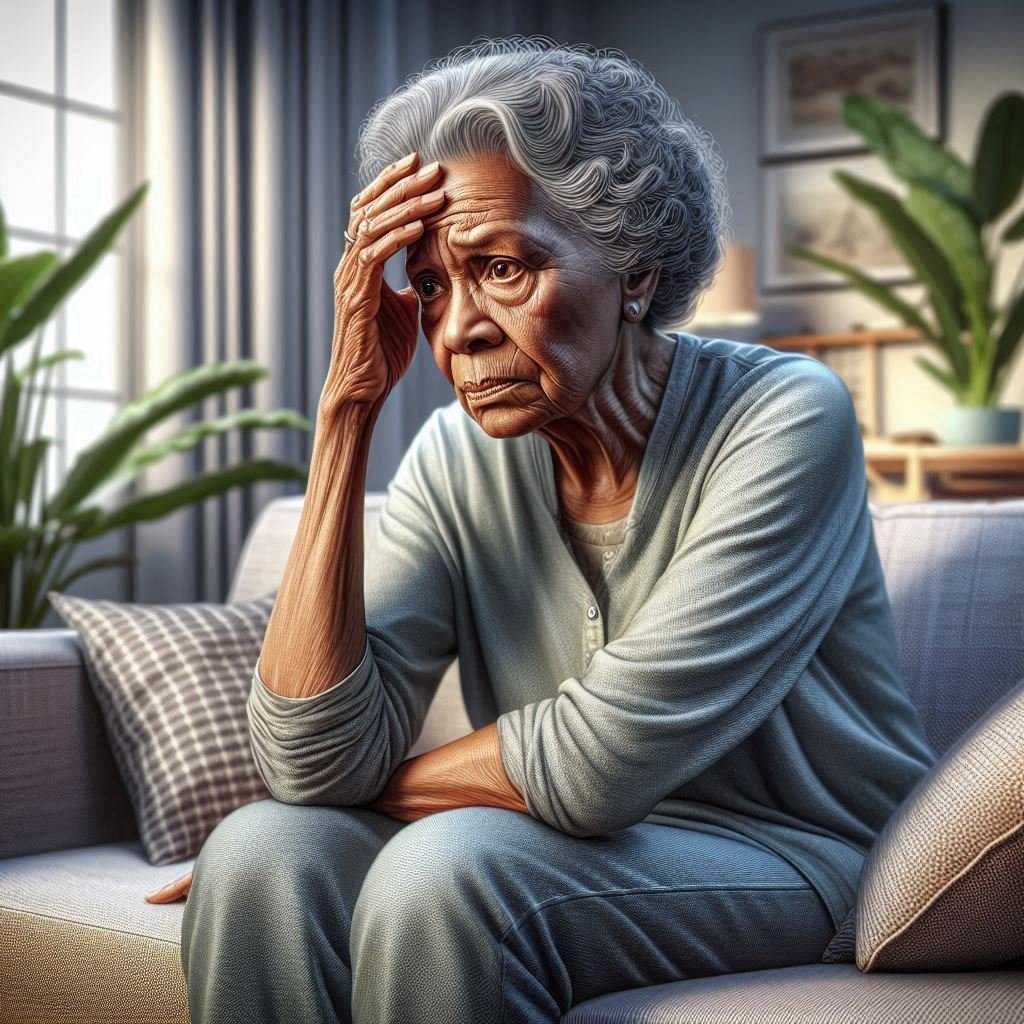
Often skin problems can actually occur before a person realizes that they have diabetes and they can be one of the first symptoms. It is possible to treat most skin conditions caused by diabetes if caught early; you just have to know what to look out for.
Diabetes and Various Skin Conditions
Diabetes often causes problems for the skin, and a particularly common area that is often affected is the feet. In between the toes and the soles of the feet are usually the worst affected. Symptoms you should look out for include redness and other change of color, blisters and swelling. Always check them at least once a week and make sure the nails are efficiently trimmed and smooth.
The main reason that diabetes sufferers develop skin conditions is that they have reduced nerve sensitivity and poor circulation. In some cases these problems can make it extremely difficult to identify potential skin problems. When you have high blood glucose there is usually more of a loss of fluid which often leads to dry skin. When you do have a dry skin condition it can crack and become infected. Therefore, all skin conditions need to be identified and treated as soon as possible.
Some common skin problems which may occur due to diabetes include:Bullosis Diabeticorum Necrobiosis Lipoid Diabeticorum Diabetic Dermopathy Acanthosis Nigricans
Necrobiosis Lipoid Diabeticorum usually appears over a period of a few weeks and it tends to occur mainly on the shins. Generally it is a patch of plaque which is often a purple or yellow brown color and it has a distinctive border. It is possible for the skin to become thinner and for it to form an ulcer on the affected area which will heal, though it may leave a brown scar. Usually this condition only occurs in type-one diabetes.
Bullosis Diabeticorum is a condition where either small or big nodules are found under the skin. They are a lot like blisters and it is possible for them to rupture. It is currently unknown why this condition occurs. Diabetic Dermopathy is otherwise known as shin spots and they are basically small legions on the skin which have raised edges. As with Bullosis Diabeticorum, the lesions can also rupture and they often leave a scar similar to the one found with Necrobiosis Lipoid Diabeticorum.
Finally Acanthosis Nigricans is a skin condition which causes dark colored lesions such as dark brown or black, to appear on the skin. This type of skin condition is usually most commonly found in people of an African American or Hispanic background. If you develop any of the above skin conditions it is always best to consult your doctor or dermatologist.
Skin Care Tips
If you do suffer from diabetes, there are some things you can try in order to effectively care for your skin. These include washing with mild soap. Mild soap is a lot gentler on the skin as opposed to ordinary soaps which actually strip the skin of its natural moisture. Always make sure you rinse the soap off thoroughly and also dry yourself really well too. It is especially important to dry all those areas where water tends to hide.
These places include between the toes, under the arms and between the legs. Another thing to do to keep the skin moist is to regularly moisturize. Always use a cream or lotion after you have had a bath or shower, and reapply at least twice a day. Drinking lots of water helps to keep your body hydrated, and cotton underwear helps to soak in moisture rather than keeping it against the body.
Overall if you do notice anything strange on your skin, always consult your dermatologist or your doctor. They will be able to prescribe you specific treatments and give you advice on how to keep your skin in good condition. So, whilst diabetes does affect the skin, skin conditions can be prevented and treated when needed.




